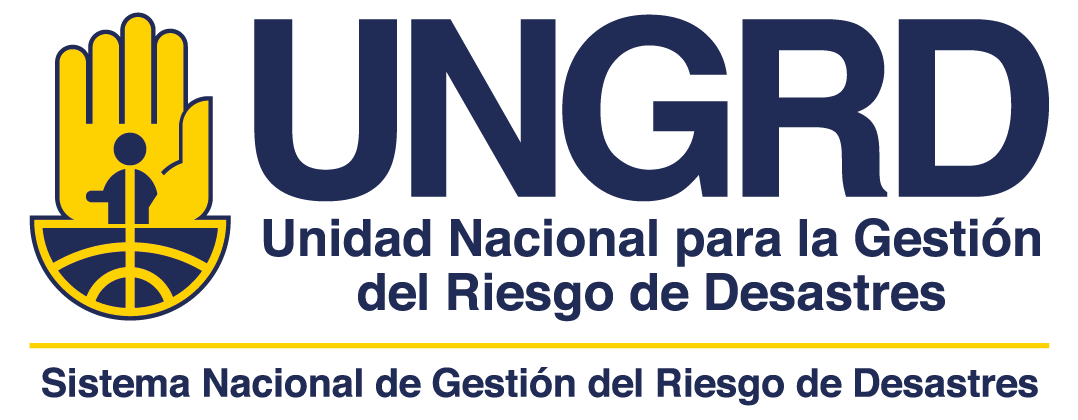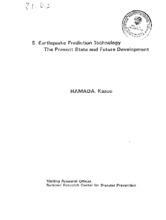Mostrar el registro sencillo del ítem
Earthquake prediction technology : the present state and future development
| dc.creator | Hamada, Kazuo. | |
| dc.date.accessioned | 2016-06-14T19:36:39Z | |
| dc.date.available | 2016-06-14T19:36:39Z | |
| dc.identifier.uri | http://hdl.handle.net/20.500.11762/19111 | |
| dc.description.abstract | A national program of earthquake prediction was in 1965 with financial support from the goverment in Japan. Science and teclogy related to the predcition have been rapidly progressing since then. The state of the art has reached a level where there is a consensus that an impeding large-scale eartquake in the Tokai region can be predicted by the present modern, dense network of instrumnets covering the Tokai region, althousehd no quantitative formulae or methods formulae or methods for the prediction have been established yet. These are still in the developmental stage. The most important information in the prediction of earthaquakes is the observational data, particulary, that on the precursory candidates, which may be the real precursors to an earthquake. For further development, new methodology and tecnology are required, which include a stringent experiment involving a prediction prior to the main shock and application of space-born tecnology or deep-down-hole measurement techniques (AU). | |
| dc.source | reponame:Repositorio Institucional Unidad Nacional para la Gestión del Riesgo de Desastres | spa |
| dc.source | instname:Unidad Nacional para la Gestión del Riesgo de Desastres | spa |
| dc.subject | Terremotos | |
| dc.subject | Predicciones | |
| dc.subject | Japón | |
| dc.subject | Terremotos | |
| dc.subject | Ciencia y tecnología-Japón | |
| dc.title | Earthquake prediction technology : the present state and future development | |
| dc.type | info:eu-repo/semantics/article | spa |
| dc.rights.accessRights | info:eu-repo/semantics/openAccess | spa |
| dc.type.hasVersion | info:eu-repo/semantics/acceptedVersion | spa |
Ficheros en el ítem
Este ítem aparece en la(s) siguiente(s) colección(ones)
-
Libros [482]



